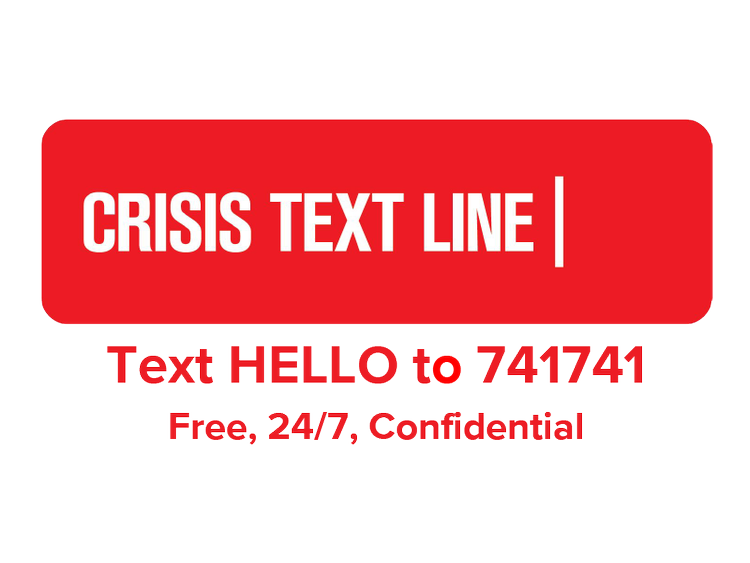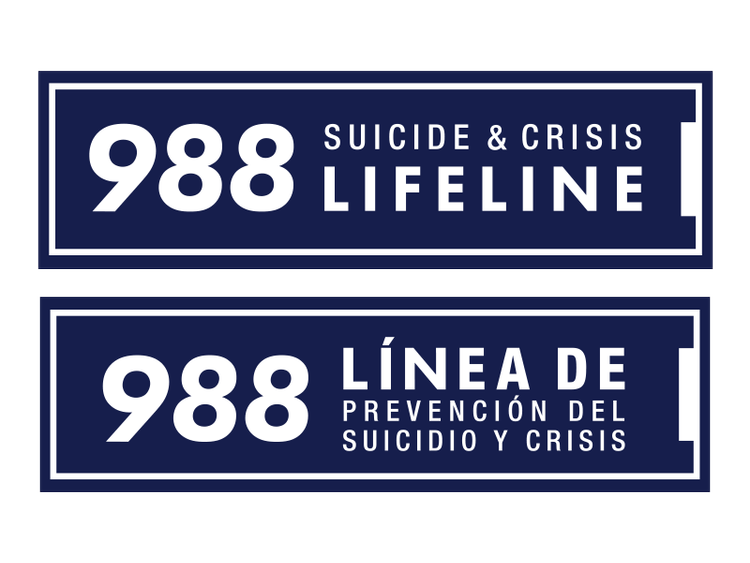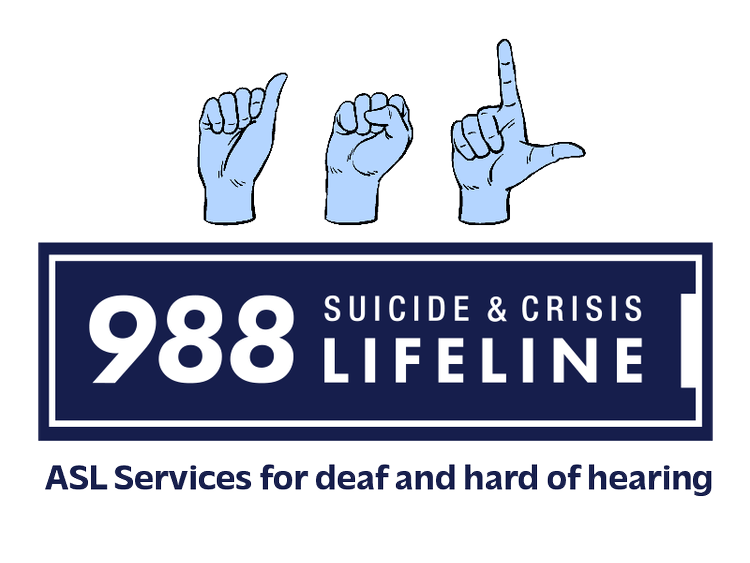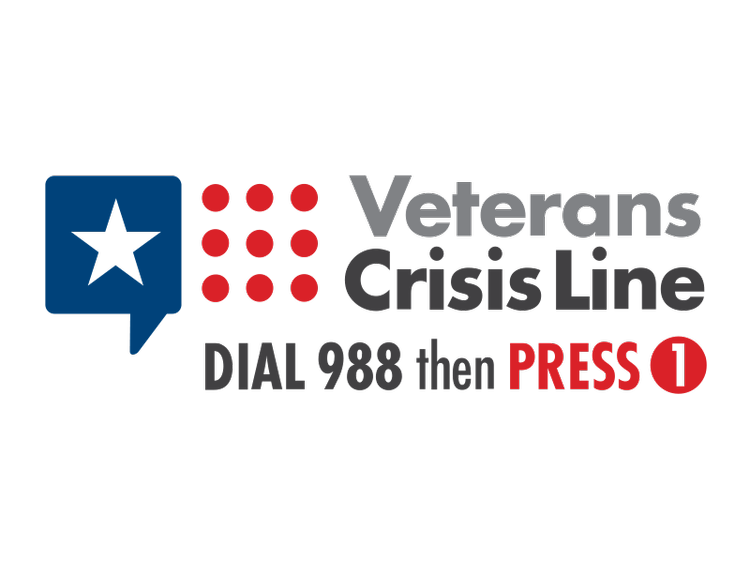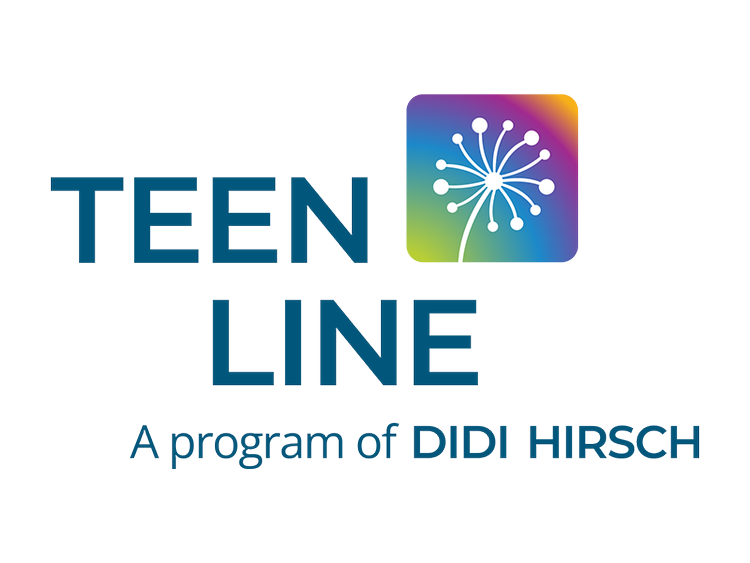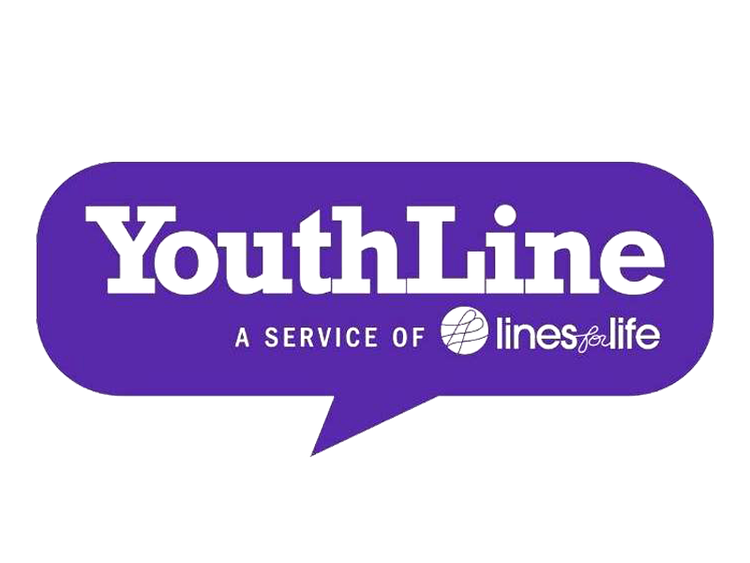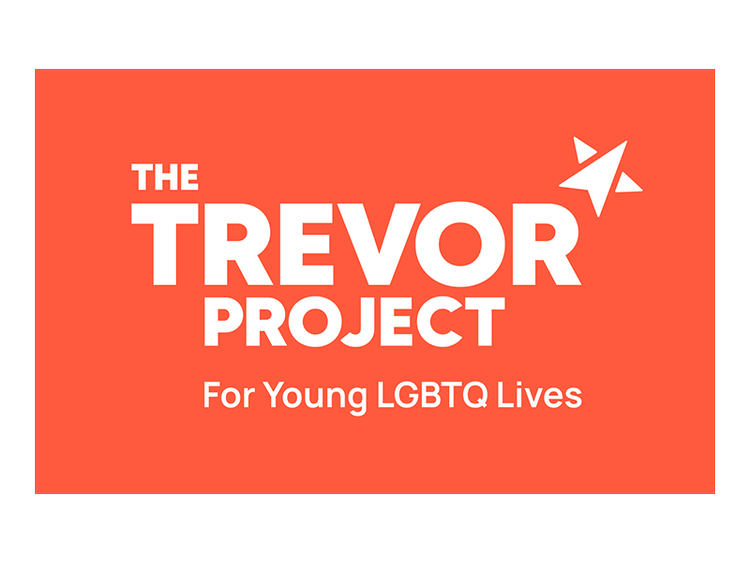LEARN FROM CHARLIE AND ME.
A summarized excerpt from Blackbird
Don’t be afraid of uncomfortable conversations. Bust through established conversational rhythms and norms and ask the hard questions. It’s a myth that uttering the word suicide will push an at-risk person to take deadly action.
Consider talking about mood and outlook to be like exercise. Conversations about mental health take practice—preferably before you’re sprinting to save someone’s life.
Never forget that depression is sneaky. It’s possible to be depressed but also have good times and good days. Suicidal thoughts can come quickly, which is especially dangerous for people under the age of twenty-six, whose underdeveloped prefrontal cortexes are not physically built to understand the consequences of dangerous, impulsive actions.
Don’t hesitate to take the reins and actively guide a depressed person toward treatment. Even low-grade depression can have a huge impact on motivation, executive functioning, and decision-making. A sick person can want professional help, but taking the steps to obtain that help can feel insurmountable. Mental health professionals routinely take inquiries from family and friends who are checking availability, researching insurance options, and booking consultations. Your loved one might need your help to get help.
Sometimes mental health can’t be treated alongside the responsibilities of school and work. If your kid were diagnosed with a life-threatening physical disease, you’d put everything on hold and throw all you have at helping them get well. Not every diagnosis of depression is a matter of life and death, but suicidal ideation and feelings of hopelessness can spiral fast, so depression must be taken seriously.

